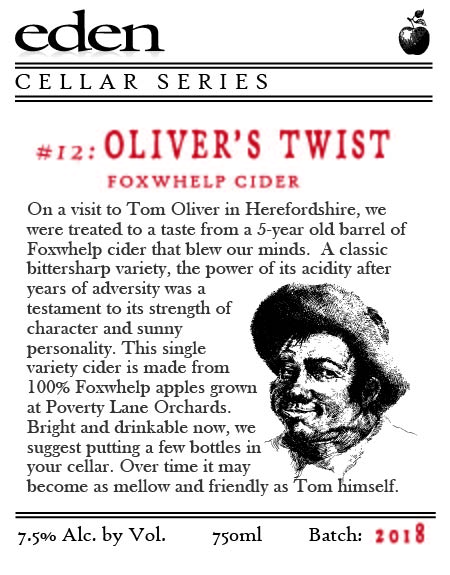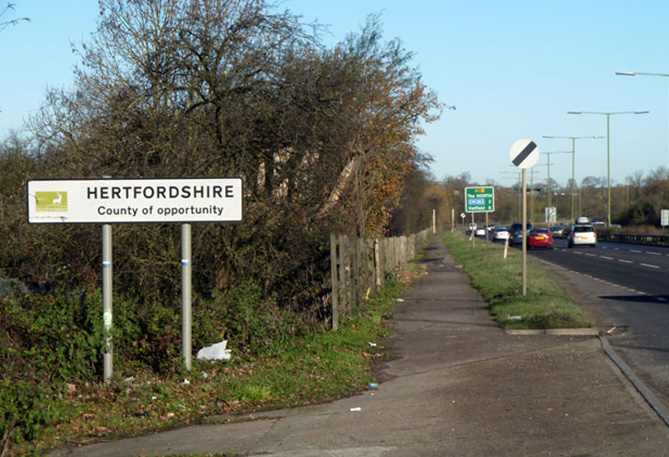Blog
HEREFORDSHIRE & CIDER - The LOVE AFFAIR
At this time of year in Herefordshire, as we cherish the fewer remaining sunny and warm days to come and start to settle for the chillier, windier and wetter days of autumn, some of us turn our attention to cider making.
For many, it means following big 30 ton trucks or 8 ton trailers full of cider apples heading to some of the bigger cider mills for the Bulmers brand at Ledbury or the independent Westons at Much Marcle or perhaps Celtic Marches and Henneys in Bishops Frome or possibly smaller trailers, pick ups and cars heading to any number of smaller makers doted around the county. Because for a small band of us the autumn heralds our annual opportunity to make cider and for me to make that one outstanding cider, the vintage that will be forever remembered as the “one”.
For cider, like wine, is for many craft or traditional producers a seasonal, once a year chance to harvest, mill and press our cherished varieties of cider apple such as Yarlington Mill or Foxwhelp and then in the following spring and summer start to blend these fermented (base) ciders and varietals into the wonderful, characterful, complex but oh so drinkable ciders we are renowned for.
Herefordshire has had a rollercoaster love affair with cider. It was in the 1600’s described as “but one entire orchard” , fuelled by Viscount Earl Scudamore of Holme Lacy House (currently a Saga Holidays hotel). Then again in the late 1800’s Messrs Hogg and Bull compiled the most beautiful record of all varietals of apple and pear in Herefordshire in the Herefordshire Pomona (currently fetching around £10,000 at auction, should you be lucky enough to have that sort of money). If not, the Cider Museum has a copy on display in the most appropriate setting of the old Bulmer champagne cider cellars that form part of the wonderful cider museum in Hereford.
Bulmers have for over 100 years been both the reason why Herefordshire has accrued its reputation for cider but also why it has reached a challenging time with over production of bittersweet cider apples on farms and the general view that cider is a cheap drink.
The growing band of smaller cider makers will never fill the hole left by big cider makers lessening their requirement for cider apples by using more imported concentrate and only using the minimum legal amount of apple in their ciders (currently a scandalous 35% or less if you are clever) but we will make ciders that we are both proud of, give full creedence to the varietals grown for cider making and the orchards they are from and from them we will make drinks fit for the table to pair with food and at a price point that recognises the time taken to grow the apples, the work and skill involved in making the cider and the need to reach a position of sustainability if this wonderful drink is to remain the beating heart of Herefordshire.

Add a comment:










